Dentsu’s creative invites all to play with their food
“Soh” is a long-selling, popular ice cream brand marketed by Lotte. A recent campaign for Soh drew considerable attention driven by its theme of “enjoy creating art,” which recast Soh ice cream as not only something to eat but also as a potential sculpting medium.
The campaign?which included the development of a range of special ice cream spoons with a sculpting tool on one end?not only helped to boost sales of Soh, but also offered a new eating experience. The campaign received a Gold Lotus award in the Brand Experience & Engagement Lotus category of ADFEST 2019 (Asia Pacific Advertising Festival), and has been evaluated highly around the world.
Noritaka Kobuse (Group Creative Director, Creative Planning Division 3) was the campaign’s creative director. We discuss with him the background to the birth of this novel idea?turning a popular ice cream brand into an artistic medium, and hence offering a new eating experience.
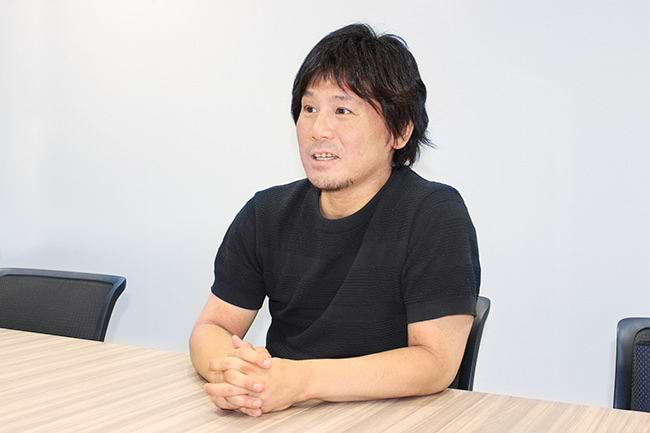
Focusing on Soh’s unique cube packaging
How was the campaign’s core idea born?
Our team has been involved in Soh’s rebranding over the past three years. Soh is a long-seller, and this meant that its image as “something that is taken for granted” was becoming more entrenched. Our aim was to once again bring the brand’s contours into clear view, and reinvigorate its presence.
In the first year of the rebranding project, we proposed the new brand concept of “NO THINK, SOH HAPPY.” Digital technology has become so thoroughly integrated into our daily lives now that it is almost taken for granted. We are able to conduct work-related communication on our smartphones or reply to emails at any time, so everyone seems to be a lot busier. But when we eat ice cream, we don’t have to think about anything?we can just relax. That’s what the new brand concept meant.
The rebranding project’s third year was deemed the phase in which we would focus on providing a context for consumers to experience this concept firsthand. It was at this point that the idea of “Play With Your Food” was born.

The campaign won the trifecta of Gold, Silver and Bronze Lotuses at ADFEST 2019 in the Brand Experience & Engagement Lotus category, an Excellence award in the Activation Planning division of the Dentsu Advertising Awards, and a Commendation award at the Japan Marketing Awards.
First of all, as a team we brainstormed ideas for the kind of experience that would enable consumers “to relax without having to think about anything.” Though a slightly exaggerated example, lying down on a lawn and staring at the sky would fall within the definition of “relaxing.” Although many diverse ideas were put forward, we decided that an experience focused on the product itself would maximize the motivation to utilize the product.
At that juncture our attention turned to the shape of Soh’s packaging. While most ice cream tubs have a round lid, Soh is packaged in a cube-shaped container. This distinctive feature has come to be strongly associated with the brand, and its shape reminded us of a block of marble?the raw material that a sculptor might use. This led us to think “What if we get consumers to draw on or sculpt the ice cream into a work of art before they eat it?” Creating art is a staple part of childhood play, and it also fits with the concept of “returning to childlike innocence.”
We’re also living in the age of “everyone is a creator.” Through social media, anyone can create and publish original work. We believed that if a campaign involving consumers creating artwork using Soh as their medium was managed successfully, it could go viral on social media platforms.
Furthermore, over the course of many team meetings, we concluded that it would be ideal to provide consumers with special spoons that could also be used as sculpting tools. This led to the development of a series of “Soh Happy Spoons.” When one purchases a small tub of ice cream, one receives a spoon. To date, there hadn’t been any promotional campaigns that particularly focused on the spoon, so we thought this aspect would further increase the campaign’s novelty value.
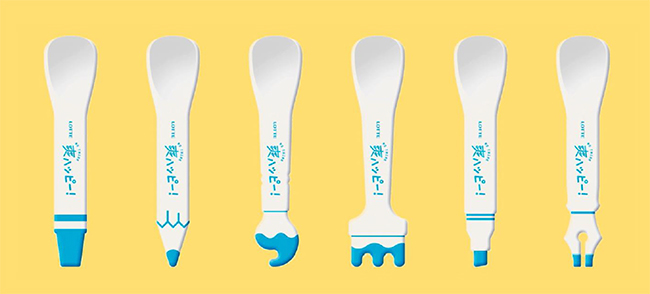
Every member of the team believes that the campaign was their own idea
Is there anything that you particularly keep in mind when coming up with a campaign idea?
Maybe I am biased, but I believe that the quality of our teamwork is a particular strength we have. The team comprises specialists drawn from a wide range of fields, but we all contribute our ideas freely and engage in very frank and open debate. Ours is a completely flat structure?we’re not hierarchical at all. Everyone’s opinion goes into the mix on top of everyone else’s ideas, which means we can rapidly distill and refine our ideas. Because of this very freewheeling approach, we don’t attribute ideas to any one individual. So probably every member of the team believes that the campaign was their own idea.
I believe that in an integrated campaign, the more that everyone’s ideas are able to be built up one upon another in this way, the better the ideas become. I tend to invest a lot of thought into how I can help create a team atmosphere, dynamic or environment in which ideas are constantly refined and taken to a higher level?a process that one person cannot achieve on their own.
Earlier I mentioned that we’re living in the age of “everyone is a creator,” but I doubt anyone likes to have a creative task foisted on them. So we didn’t want to engineer a situation where the consumer is suddenly handed the special spoon designed to be used as a sculpting tool and told, “Now, we’re going to make sculptures using the Soh ice cream as the medium.” Hence we began with a scenario in which the element of creating art was included in the television commercial in a very low-key way. If you watch the commercial in which actress and model Suzu Hirose appears, you’ll notice that the Soh ice cream has been turned into a sculpture. Following on from that, we executed a social media campaign through which people whose interest had been piqued by the TV ad could post the artworks they had created using Soh. We were aiming for a structure through which people who were interested could enjoy the experience of creating something. It was purely a matter of people trying something out because it had piqued their own curiosity.
Then two months later, within the context of interest having been built up organically online, we unveiled the range of special ice cream spoons with a sculpting tool on one end. Furthermore, we requested the cooperation of Professor Takashi Maeno of Keio University, whose research interests include the science of human well-being. He provided us with scientific evidence regarding the effect of creating art while eating ice cream, and publicized this through a website and other channels. The response from consumers exceeded my expectations, so I was absolutely delighted.
A new experience combining manga and free content creates buzz
What hopes did you have for this campaign?
The idea for this campaign was developed in close partnership with the client. What we learned by working with the client was that to create significant impact you have to put the product at the center of your idea and have the eating experience at the center too. Based on this, we spent a lot of time thoroughly analyzing how we could create an eating experience that was faithful to the “NO THINK SOH HAPPY” concept, without becoming distracted from this task. And what we came up with was the idea for a new eating experience centered on “creating art with ice cream before eating it.” This did not stop at the idea of providing a spoon as a sales promotional tool. We integrated the idea into TV commercials, promotional events, public relations, and web-based marketing campaigns. We were really looking to see how far we could extend the idea.
I don’t come from a conventional creative background. My career has been mainly built up from the position of strategic planner, where my job has been to think from the perspective of marketing strategy and issues. I later expanded my focus to include the creative sphere, so in that sense I may be regarded as somewhat of a maverick. Because of my background, I have an interest in such issues as what kinds of experiences will generate a positive effect on people, and what attributes can be discerned about the new experiences that people are motivated to share. In other words, I’m particularly interested in creating new brand experiences that have a measurable impact on people and markets.
One example of this is a manga-related project that I was involved with last year, called the “free version with low-budget artwork.” There’s a really fascinating manga series called “I’m Standing on a Million Lives,” and if you read one of them you’ll be hooked. But if you want to read the manga you have to buy it. If, however, the publisher gives free access to the content in order to get people interested in reading it, people will stop buying it. My task was to figure out how to solve this dilemma. What we did was replace the manga’s artwork with free content, and gave it away as a “free version with low-budget artwork.” Although the manga can be read in this form, most people who read it became interested enough to want to read the original version with much more sophisticated artwork. Hence many of them bought the regular version. This project created substantial interest as a new method of “try before you buy.”
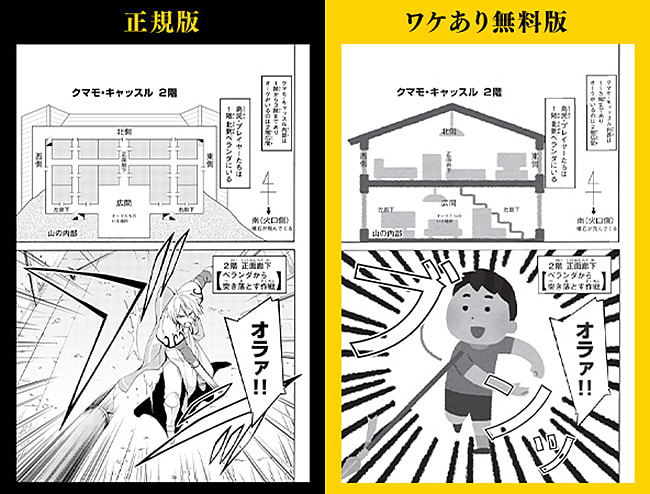
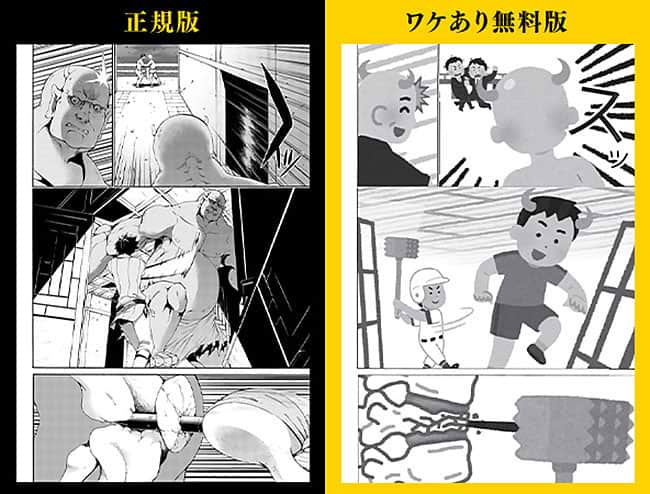
I also participated in a similar type of project for Mitsufuji, a start-up venture that develops “smartware” for sensing and recording electrocardiograms (ECG) and other physiological data. We focused on the aspect that ECG is not simply a mechanical zig-zag line but can be seen as a “pattern representing each person’s heart”?which can sometimes be excited and sometimes feel nervous. Based on this perspective, Mitsufuji developed a system that converts a person’s ECG data in real time to a flower-like design. The system has been exhibited at the CES trade show. The president of Mitsufuji is a wonderful person, and through conversations with him I became aware of the great potential of ECG. By harnessing this new brand experience brought about by ECG, I wanted to communicate to a wider audience the potential of the company.

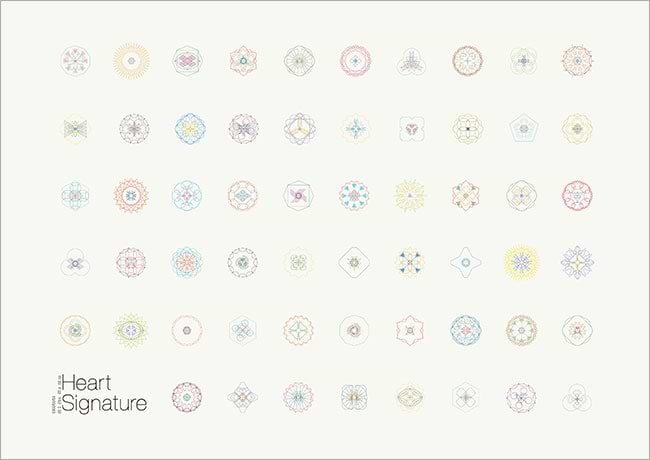
A new experience requires an idea. But when I think about what constitutes a good idea, my definition is: “A good idea = (what is beyond the scope of expectations) ? (what is within the scope of expectations).” In other words, the greater the incremental difference from what people expect or from the accepted wisdom, the greater the impact of surprise from an idea. After that initial reaction the idea also needs to impart a sense of agreement, usually after a slight delay, and this may be seen as bringing initial clues to fruition.
To achieve this, when generating an idea, we first of all think of a lot of things that have a large incremental difference with the main theme. After that, we examine them to see which of these things offers the most convincing solution to our problem. We then embark on a process to turn the idea into a reality. In the case of Soh, since there is a large difference separating ice cream and the creation of art, my hunch was that it would develop into a strong idea. In addition, taking into account such factors as Soh’s cube-shaped packaging, the ability of art to return us to a childlike innocence, and the potential for relaxation, I thought we would be able to assemble a logical story that capitalizes on earlier clues. Consequently, I thought it would become a good idea.
This process is important in the generation of ideas. On the other hand, if one begins by relying on logic alone, the incremental differences will disappear and one will end up with ideas that lack any element of surprise and are uninteresting. Initially, it is best to jump as far as possible to generate difference. The logic will take shape at the end of the process. That is the idea generation method used by our team.
When people talk about creativity, they often think of various types of expression, including art. However, in my view creativity is a useful means of solving society’s problems, motivating people into action, and making the world a better place. Consequently, I would like to see the power of creativity?including experience design and branding know-how?utilized as much as possible to facilitate actions for the benefit of society.
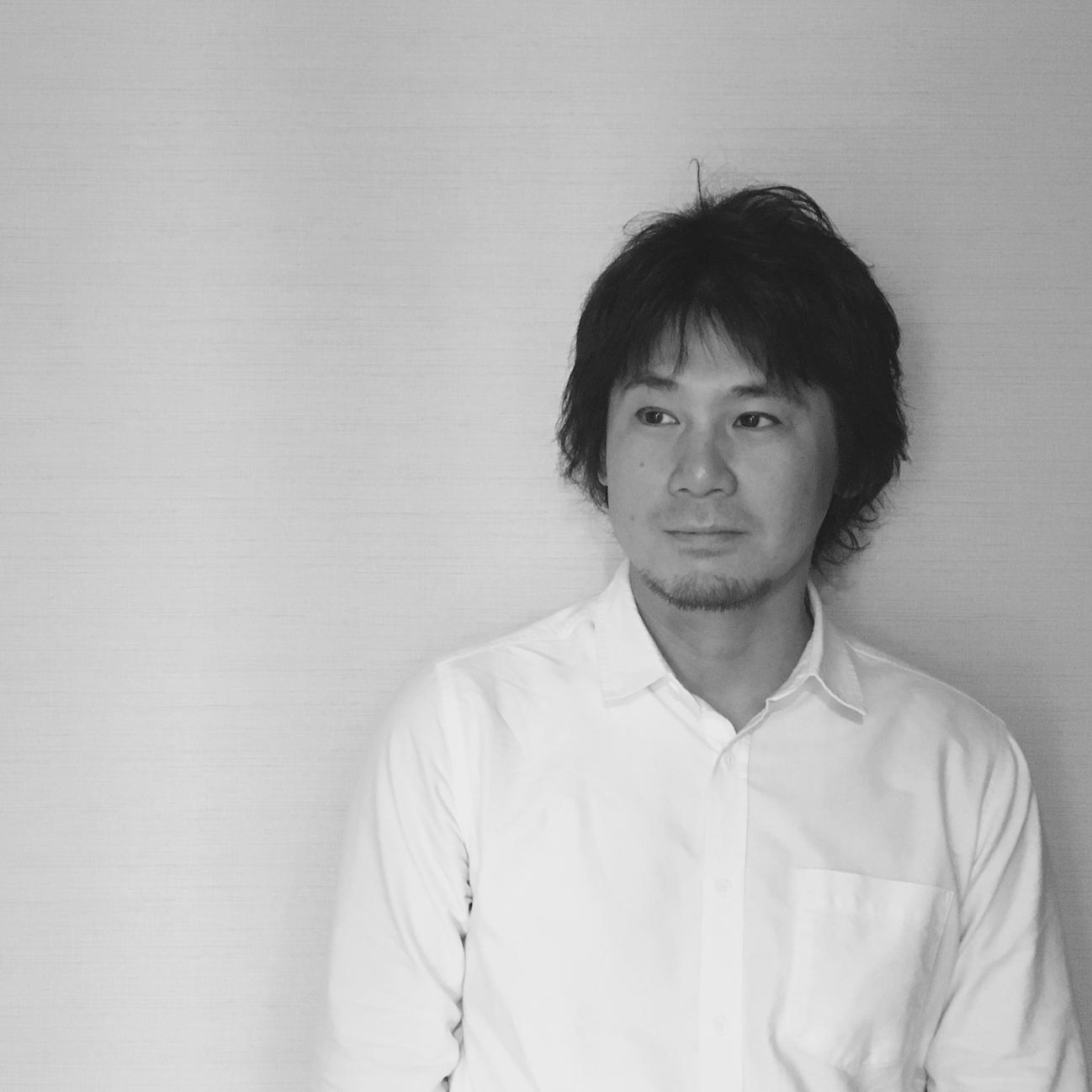
Noritaka Kobuse
Group Creative Director
Creative Planning Division 3
